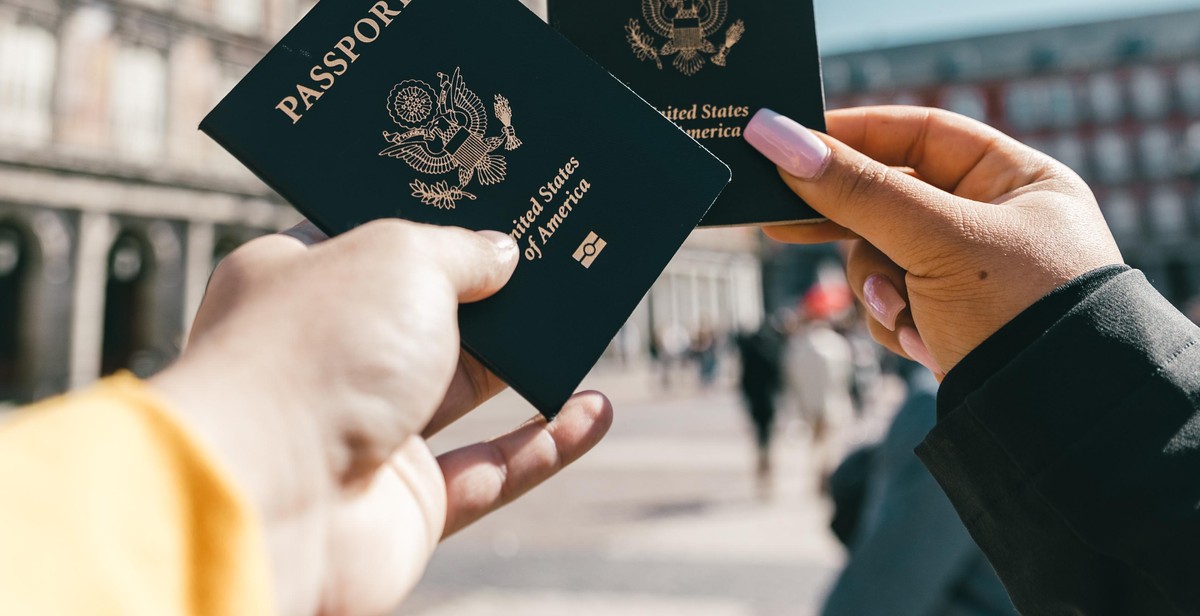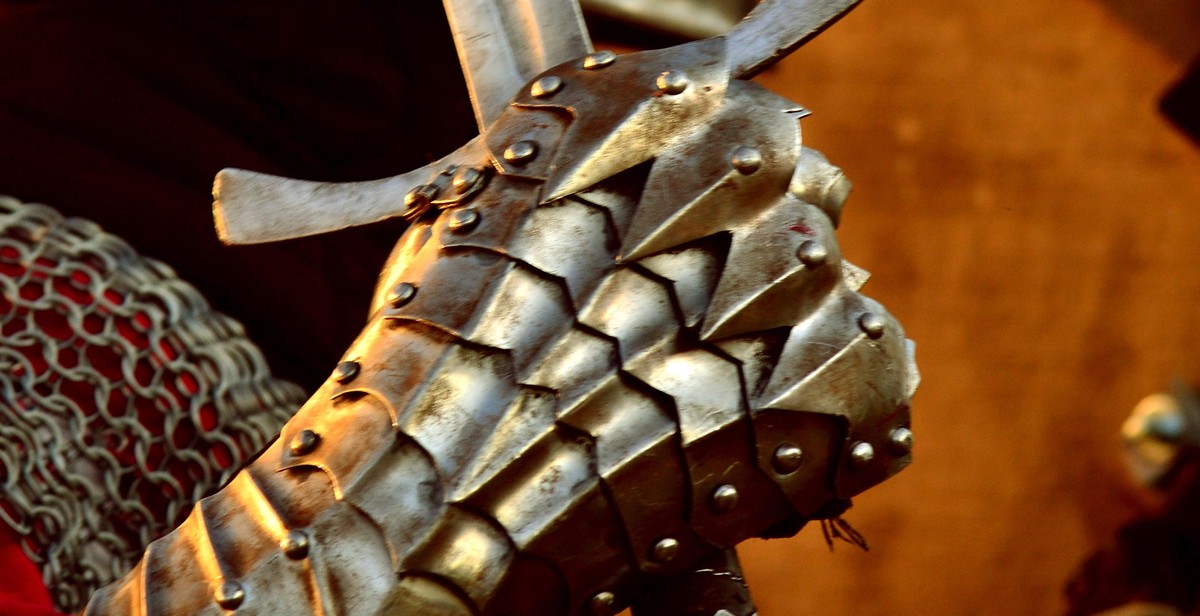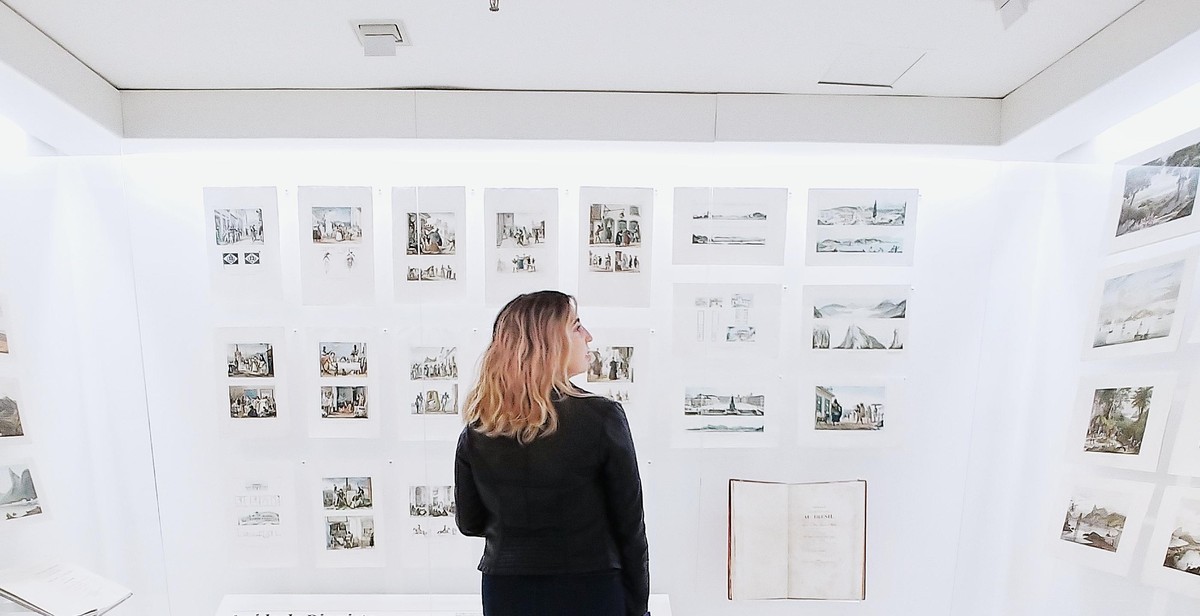How to Contribute to Historical Preservation Efforts
Historical preservation is the act of protecting and maintaining cultural heritage for future generations. It involves preserving buildings, artifacts, and other objects that hold significant historical value. Historical preservation efforts ensure that the past is not forgotten and that future generations can learn from it.
If you are interested in contributing to historical preservation efforts, there are many ways to get involved. This article will explore some of the ways you can help preserve history.
1. Volunteer at a Local Historical Society
Many communities have historical societies that work to preserve local history. These organizations often rely on volunteers to help with a variety of tasks, such as cataloging artifacts, conducting research, and leading tours of historical sites. Volunteering with a local historical society is a great way to learn about local history and contribute to preservation efforts.
2. Donate to Historical Preservation Organizations
There are many national and international organizations that work to preserve historical sites and artifacts. These organizations rely on donations to fund their preservation efforts. Consider donating to one of these organizations to support their important work.
3. Participate in Historical Preservation Events
Many historical preservation events are held throughout the year, such as preservation workshops, conferences, and fundraisers. Participating in these events is a great way to learn more about historical preservation and connect with others who share your interest.
By volunteering, donating, and participating in events, you can make a meaningful contribution to historical preservation efforts. Together, we can ensure that our cultural heritage is protected and preserved for future generations to enjoy.

Why Historical Preservation is Important
Historical preservation is the act of safeguarding and protecting buildings, artifacts, and other objects of historical significance for future generations. It is important to preserve our cultural identity and learn from the past. Here are some reasons why historical preservation is crucial:
Preserving Our Cultural Identity
Historical preservation helps to preserve our cultural identity by protecting and conserving buildings, landmarks, and artifacts that reflect our history and heritage. These structures and objects provide a tangible connection to our past and help us understand our cultural roots. By preserving them, we can pass on our cultural identity to future generations.
For instance, the Statue of Liberty in New York City is not only a symbol of the United States but also a representation of the country’s cultural identity. The statue has been preserved for over a century and continues to inspire people from all over the world.
Learning from the Past
Historical preservation also helps us learn from the past. By studying historical artifacts and buildings, we can gain insights into how people lived, worked, and interacted with their environment. We can also learn from the mistakes and successes of our predecessors and apply them to our lives today.
For example, the ruins of ancient cities such as Pompeii and Machu Picchu provide a window into the past and help us understand the customs, beliefs, and technologies of ancient civilizations. By preserving these sites, we can continue to learn from them and gain a deeper appreciation of our shared human history.
In conclusion, historical preservation is crucial for preserving our cultural identity and learning from the past. By safeguarding our historical buildings, landmarks, and artifacts, we can pass on our cultural heritage to future generations and continue to learn from our collective past.

How You Can Contribute to Historical Preservation Efforts
Historical preservation efforts are crucial to preserving our heritage and culture. These efforts require the support and participation of individuals and organizations. Here are some ways you can contribute to historical preservation efforts:
Support Local Preservation Organizations
One of the most effective ways to contribute to historical preservation efforts is by supporting local preservation organizations. These organizations work tirelessly to preserve historical sites, buildings, and artifacts. By becoming a member or making a donation, you can help fund their work and ensure that our history is protected for future generations.
Volunteer Your Time
Volunteering your time is another great way to contribute to historical preservation efforts. Many preservation organizations rely on volunteers to help with various tasks, such as cleaning and maintaining historical sites, leading tours, and organizing events. By volunteering your time, you can make a meaningful impact and help preserve our history.
Donate to Preservation Causes
If you are unable to volunteer your time, you can still contribute to historical preservation efforts by making a donation. Your donation can help fund preservation projects, restoration efforts, and educational programs. Even a small donation can make a significant difference in preserving our history.
Advocate for Preservation Efforts
Advocating for preservation efforts is another way to contribute to historical preservation. You can write letters to your local government officials, attend public hearings, and speak out in support of preservation efforts. By raising awareness and advocating for preservation, you can help ensure that our history is protected.
| Ways to Contribute | How You Can Help |
|---|---|
| Support Local Preservation Organizations | Become a member or make a donation |
| Volunteer Your Time | Help with cleaning and maintaining historical sites, leading tours, and organizing events |
| Donate to Preservation Causes | Make a donation to fund preservation projects, restoration efforts, and educational programs |
| Advocate for Preservation Efforts | Write letters to your local government officials, attend public hearings, and speak out in support of preservation efforts |

Preservation Techniques
Documentation and Research
One of the most fundamental preservation techniques is documentation and research. Before any preservation work can be done, the history and significance of the historical site or structure must be understood. This involves researching the original construction, the materials used, and the historical context in which it was built. Documentation can also include creating maps, photographs, and drawings of the site or structure, which can be used as references for future preservation efforts.
Conservation and Restoration
Conservation and restoration techniques are used to preserve and repair historical structures. These techniques involve repairing or replacing damaged or deteriorating materials, such as wood, stone, or plaster. It is important to use materials that are as close to the original as possible, both in terms of appearance and durability. This ensures that the historical character of the structure is preserved while also making it structurally sound.
Adaptive Reuse
Adaptive reuse is a preservation technique that involves repurposing historical structures for new uses. This can include converting an old factory into a museum or turning a historic home into a bed and breakfast. Adaptive reuse not only preserves the historical character of the structure, but it also ensures that it remains relevant and useful in modern times.
Adaptive reuse can also be an environmentally friendly option as it reduces the need for new construction and can help to revitalize older neighborhoods and communities.
| Structure | New Use |
|---|---|
| Old factory | Museum |
| Historic home | Bed and breakfast |
| Church | Community center |
By utilizing these preservation techniques, we can ensure that our historical sites and structures are not lost to time. Each technique plays a crucial role in preserving our past, and it is up to us to ensure that these techniques are utilized to their fullest potential.

Challenges in Historical Preservation
Historical preservation is a crucial aspect of maintaining a community’s cultural heritage. However, there are several challenges that hinder the efforts of preserving historical sites and landmarks. These challenges include:
Lack of Funding
The preservation of historical sites and landmarks requires a significant amount of funding. Unfortunately, the allocation of funds for historical preservation is often low on the priority list of government agencies and private organizations. As a result, many historical sites and landmarks are left to deteriorate over time due to lack of maintenance and upkeep.
In addition, the cost of preserving historical sites and landmarks can be quite high, especially in cases where extensive restoration work is required. This can lead to a lack of interest from potential donors and organizations who may be hesitant to invest in such projects.
Development and Gentrification
Development and gentrification can also pose a significant challenge to historical preservation efforts. As cities and towns grow and change, historical sites and landmarks may be threatened by new construction and development projects. In some cases, these projects may even result in the demolition of historically significant buildings and structures.
Gentrification can also impact historical preservation efforts by driving up property values and making it difficult for organizations and individuals to acquire and maintain historical sites and landmarks.
Lack of Public Awareness
Finally, a lack of public awareness can also hinder historical preservation efforts. Many people may not be aware of the historical significance of certain sites and landmarks in their community. This can lead to a lack of interest and support for preservation efforts, making it difficult to secure funding and resources.
Furthermore, without public awareness, there may be little pressure or incentive for government agencies and private organizations to prioritize historical preservation.
| Challenges | Description |
|---|---|
| Lack of Funding | The allocation of funds for historical preservation is often low on the priority list of government agencies and private organizations, leading to a lack of maintenance and upkeep. |
| Development and Gentrification | New construction and development projects, as well as gentrification, can threaten historical sites and landmarks. |
| Lack of Public Awareness | A lack of awareness of the historical significance of certain sites and landmarks can lead to a lack of interest and support for preservation efforts. |

Conclusion
Historical preservation is a crucial aspect of maintaining our cultural heritage and identity. By contributing to preservation efforts, we can ensure that future generations have access to and can appreciate the rich history of our communities and nations. The following steps can help you become an active participant in historical preservation:
- Research historical sites and landmarks in your area
- Volunteer with local preservation organizations
- Donate to preservation projects and initiatives
- Advocate for preservation policies and funding
Remember, preserving history is a collective effort that requires the participation and support of individuals, organizations, and governments. By taking action to preserve historical sites and landmarks, we can ensure that they remain accessible and relevant for generations to come.
| Benefits of Historical Preservation | Challenges of Historical Preservation |
|---|---|
|
|
Despite the challenges, historical preservation remains a vital and rewarding endeavor. By working together, we can ensure that our shared history and heritage are preserved and celebrated for years to come.
